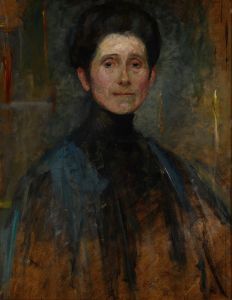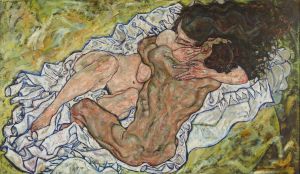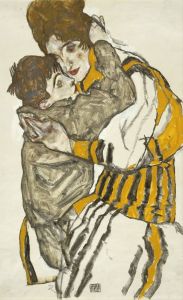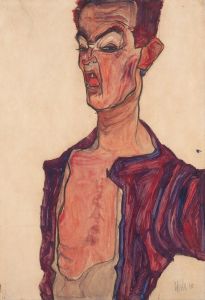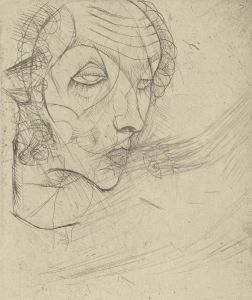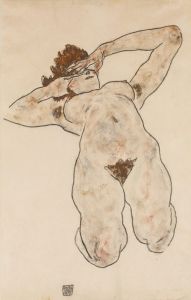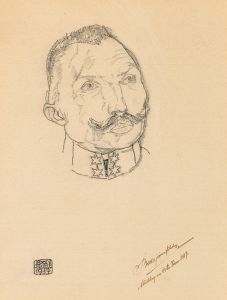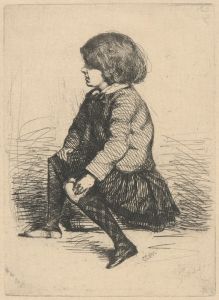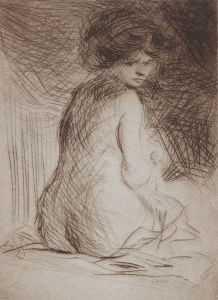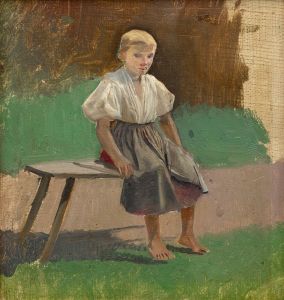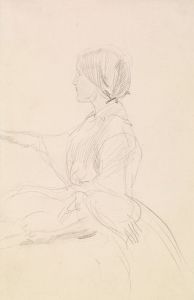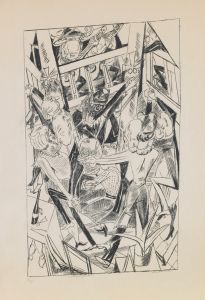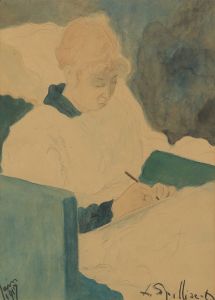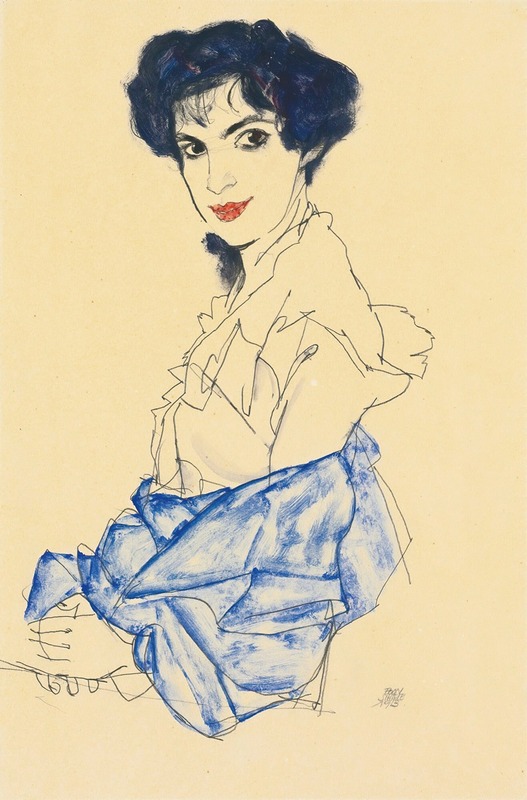
Elisabeth Lederer, Seated With Hands Folded
A hand-painted replica of Egon Schiele’s masterpiece Elisabeth Lederer, Seated With Hands Folded, meticulously crafted by professional artists to capture the true essence of the original. Each piece is created with museum-quality canvas and rare mineral pigments, carefully painted by experienced artists with delicate brushstrokes and rich, layered colors to perfectly recreate the texture of the original artwork. Unlike machine-printed reproductions, this hand-painted version brings the painting to life, infused with the artist’s emotions and skill in every stroke. Whether for personal collection or home decoration, it instantly elevates the artistic atmosphere of any space.
Egon Schiele, an Austrian painter known for his distinctive style and contribution to early 20th-century art, created the painting "Elisabeth Lederer, Seated With Hands Folded" in 1913. Schiele was a protégé of Gustav Klimt and became a prominent figure in the Expressionist movement, known for his raw and emotive portrayals of the human form. His work often explored themes of sexuality, death, and the human psyche, characterized by bold lines and a unique use of color.
"Elisabeth Lederer, Seated With Hands Folded" is a portrait that exemplifies Schiele's ability to capture the psychological depth of his subjects. Elisabeth Lederer was one of Schiele's models, and this painting reflects his interest in exploring the inner life of his sitters. The composition is marked by Schiele's signature style, with elongated forms and a focus on the sitter's expressive hands and face. The hands, folded in the subject's lap, draw attention to the contemplative and introspective nature of the pose.
The painting is executed with a limited color palette, which is typical of Schiele's work during this period. The use of muted tones and the stark contrast between the figure and the background create a sense of isolation and introspection. Schiele's technique often involved a combination of watercolor, gouache, and pencil, allowing him to achieve a delicate balance between line and color.
Schiele's portraits are renowned for their psychological intensity, and "Elisabeth Lederer, Seated With Hands Folded" is no exception. The sitter's gaze is direct yet enigmatic, inviting viewers to ponder her thoughts and emotions. This introspective quality is a hallmark of Schiele's portraiture, as he sought to convey the complexity of human emotion and experience.
During the time Schiele painted this portrait, he was living in Vienna, a city that was a vibrant center of art and culture. The early 20th century was a period of significant change and innovation in the arts, with movements such as Expressionism challenging traditional artistic conventions. Schiele's work was both a product of and a response to this dynamic environment, and his portraits often reflect the tensions and uncertainties of the era.
"Elisabeth Lederer, Seated With Hands Folded" is part of Schiele's broader body of work that continues to be celebrated for its emotional depth and technical mastery. His ability to convey the complexities of the human condition through his art has secured his place as one of the most important figures in modern art. Schiele's work, including this portrait, is held in high regard by art historians and continues to be studied and appreciated for its contribution to the Expressionist movement and its enduring impact on the art world.
The painting is housed in a private collection, and like many of Schiele's works, it is occasionally featured in exhibitions that explore the themes and techniques of early 20th-century art. Schiele's legacy endures through his innovative approach to portraiture and his profound exploration of the human experience.





